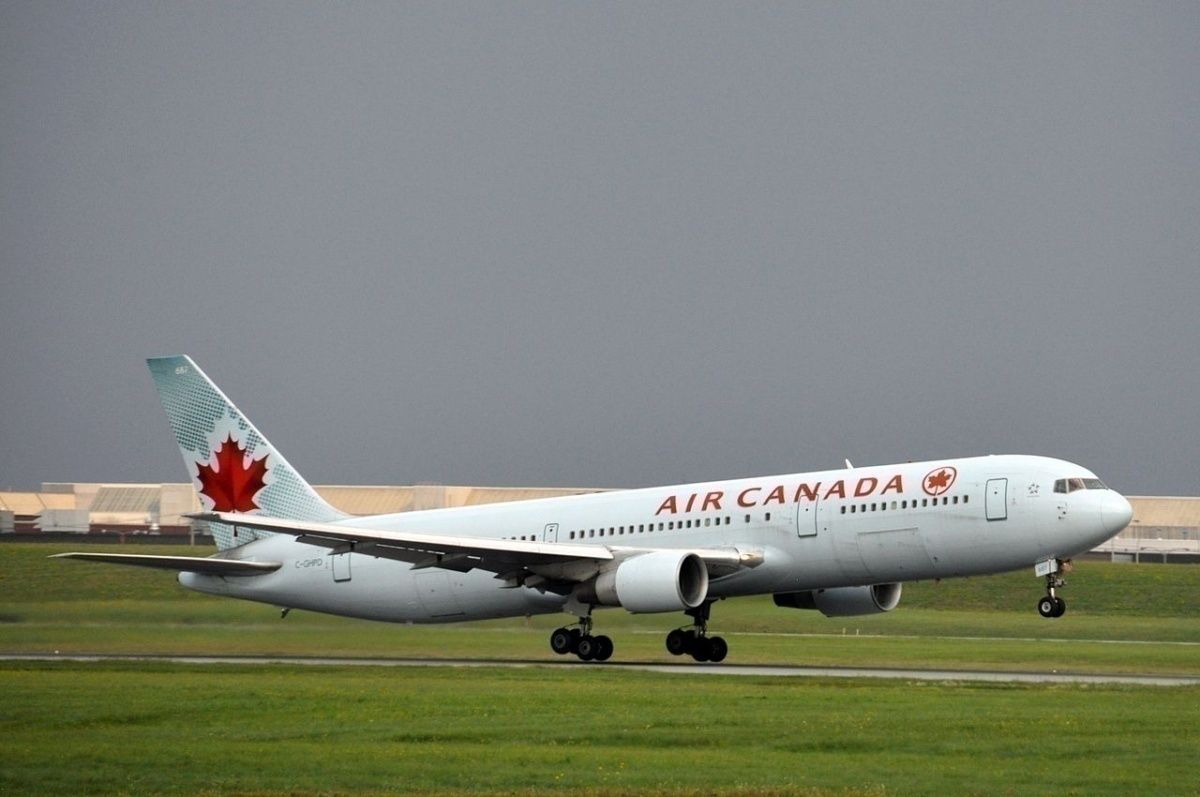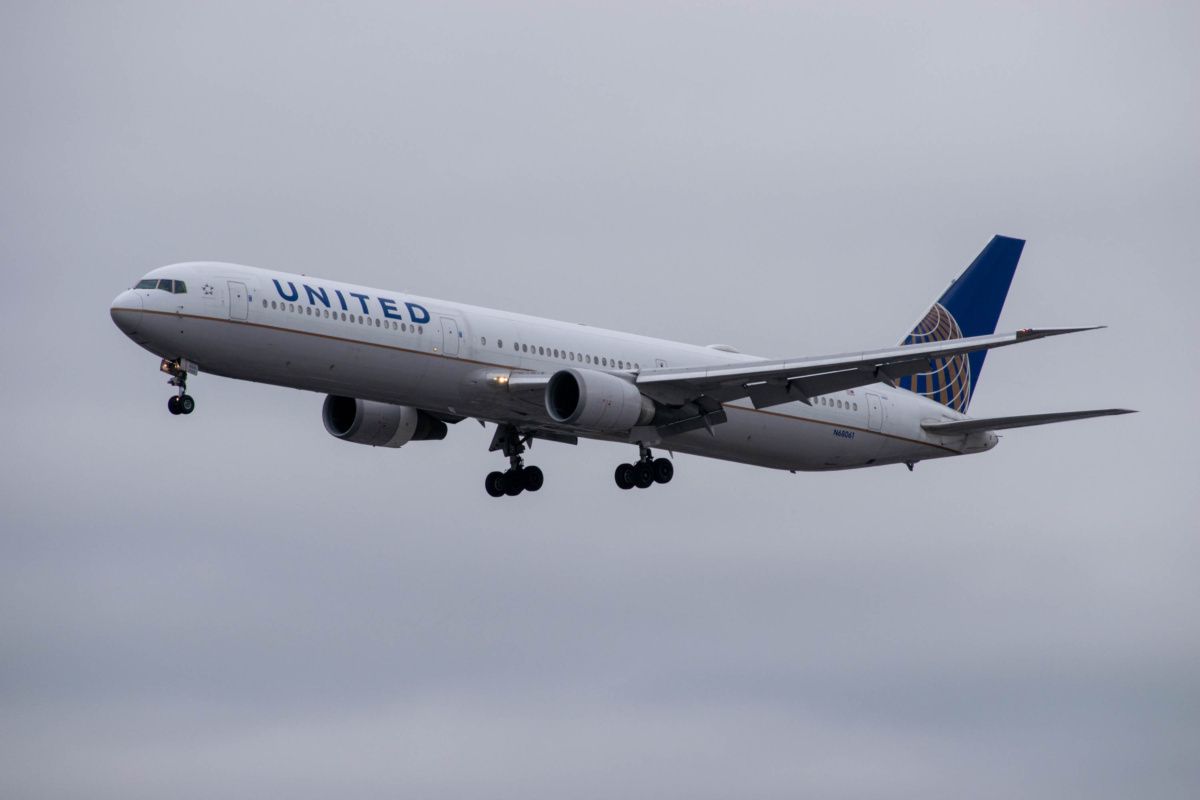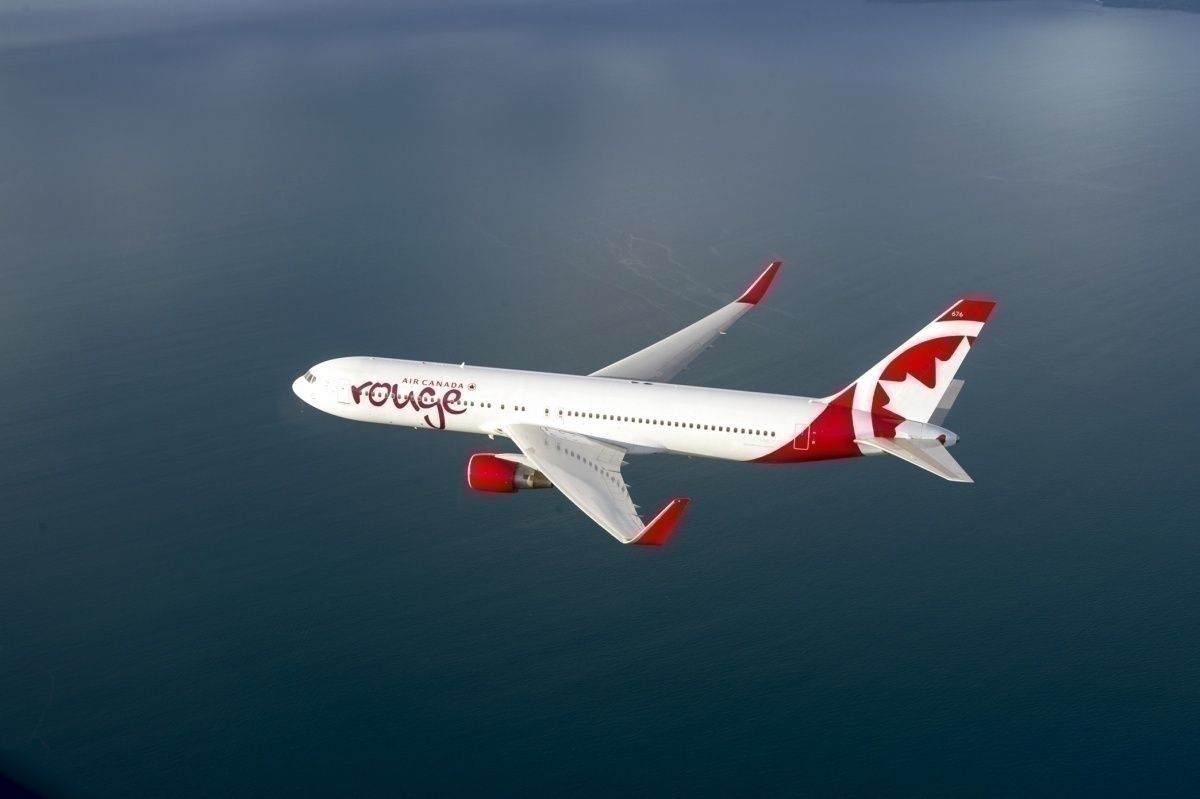Air Canada has operated its final commercial Boeing 767-300ER flight between Montréal-Pierre Elliott Trudeau International Airport (YUL) and Toronto Pearson International Airport (YYZ). The aircraft, registration number C-FTCA, was operating as flight number AC439 on the short hop between Montreal and Toronto yesterday evening.According to the aviation website Planespotters, the aircraft was just over 31-years-old and had been earmarked for retirement sometime this year.
Air Canada to get rid of a third of its fleet
When Air Canada released its first-quarter earnings at the start of May, the Montreal-based flag carrier announced that it was bringing forward the retirement of older aircraft due to the coronavirus pandemic.
Together with its low-cost subsidiary, Air Canada Rouge, the Star Alliance member said it would lose 79 planes, which accounts for nearly a third of its combined fleet. According to the accelerated plan, Air Canada will immediately retire the remainder of its E190 regional jets before phasing out 60 Airbus A319 and Boeing 767 aircraft.
Currently, Air Canada has 13 A319s and no remaining Boeing 767s after yesterday's final flight to Toronto.
Air Canada Rouge, meanwhile, has 22 Airbus A319s and 25 Boeing 767-300ERs that it uses to service holiday destinations. Currently, all of these aircraft are grounded due to COVID-19.
In response to the coronavirus crisis, Air Canada has reduced its second-quarter capacity between 85 to 90 percent. In other news relating to Air Canada's plans, they say that they expect the coronavirus's recovery to take at least three years.
About the Boeing 767
When Boeing launched its 747 Jumbo Jet in January of 1970, the Seattle planemaker knew that they were on to a winner as more and more people took to the skies. While the 747 was ideal for long-haul operations, it was too big an aircraft for secondary markets. What was desperately needed was a replacement for the Boeing 707.
Boeing listened to what airlines wanted and produced a more manageable twin-engined plane that it could sell to airlines in the United States. The Boeing 767 first entered service with United Airlines in September of 1982 and was then joined by American Airlines, Delta Air Lines, and TWA, who all put their 767s on domestic routes.
When Boeing released its extended range 767-200ER in 1984, it gave airlines the ability to fly long-haul international routes in a midsize aircraft. By the time the Boeing 767-300ER was launched in 1988, Boeing was bombarded with orders. Fast forward to the 1990s, and you now had Boeing's best-selling aircraft on just about every flight between Europe and the East Coast of the United States.
Lighter more fuel-efficient planes will replace the Boeing 767
Nothing ever lasts forever, and with an economic downturn looming in the new Millenium, airlines were looking for a more fuel-efficient aircraft for their long-haul routes. With Boeings composite fuel-efficient Dreamliner coming online orders for the 767 dried up for passenger versions of the plane.
Air Canada's decision to retire its 767s in no surprise, and while fewer 767s will be flying, its good to know the military tanker versions and freighter variants belonging to FedEx and UPS will be with us for some time to come.



